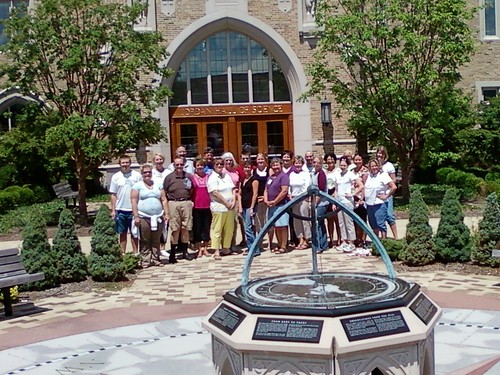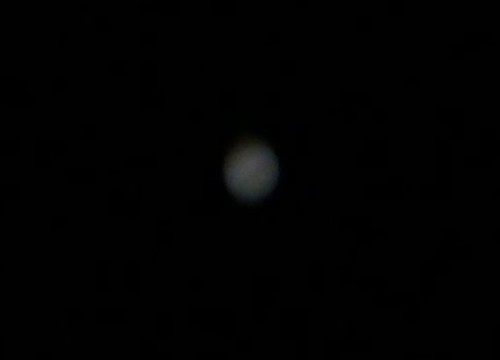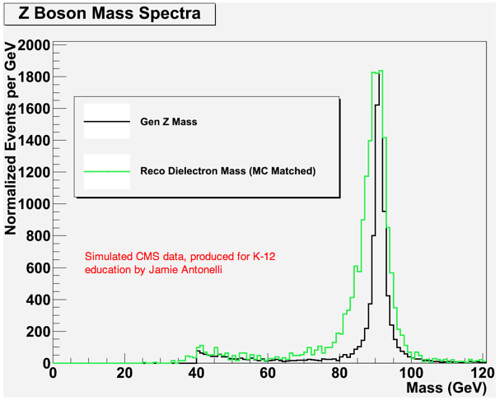We’re all working for one another…that’s a key idea laced through the talk with the much more appealing title embedded above. It’s a thought that was on my mind this morning as I arrived at the Notre Dame QuarkNet Center to resume a host of projects I like to do and for which I am compensated in a rich variety of ways, the whole of which we often call “work”. I was determined to articulate what seemed to me a different form of financial interaction than what had just been presented to me as a dichotomy: either microfinance, or charity. The former, rather than the latter, was being promoted in a conversation among some colleagues from BOSCO, a not-for-profit I promote. The idea presented was that loans, rather than charity, involve exchange and more substantial vetting and accountability. I was struck by the fact that my relationships with my own funding sources–most of which link back to the National Science Foundation eventually–seem to fit neither of these paradigms. Neither are they simple exchanges, contracts, though there are contractual elements.
They seem to involve something more like earned trust, a collaboration, a community of mutual support that involves a great deal of freedom. The foundation of that trust seems to be that all collaborators have a great deal in common: common beliefs and values, common history, common culture. When colleagues at the university entrusted a piece of equipment–a mobile atomic force microscope dedicated to outreach activity–to me and my crowd (it is interesting that the parties aren’t defined by contract or other written agreements), it was not a loan with repayment terms, nor was it a simple gift made out of compassion (probably:) It was an exchange of sorts: a moving forward of their goals by finding sufficient common ground with mine, based on a reasonable belief that my actions in the future would produce in ways they will continue to like, based on what they’ve seen me do in the past.
The important feature of the explosion of collaboration opportunities in our time seems to be that a much greater range of collaborations involving greater levels of trust are now possible. I recently sent a small financial contribution to a friend in Northern Uganda, trusting him to use it to empower his students in a particular way, but in full trust that he would use the funds in a wise manner. I meant to empower him, and through him his students, to do whatever good things they chose to do. The most appealing of their options and thus the most likely outcome of their choices were all goods which I intended (indistinctly) to accomplish through empowering them in this way.
This is a kind of exchange…it is not “charity”, something lacking in relationship and shared history of a kind that supports reasonable beliefs in how the funds will be used; something lacking feedback on how funds were actually spent. Neither was it a loan, as if my reason for making it consisted either in interest earned, or at least very little capital invested over time. Of course, many in microfinance intend to give a great deal to accomplish important social purposes, and choose to loan the funds to establish a particular form of connection, person to person: Kiva is all about using microlending to promote connections of this sort. But having more in common builds trust which supports much more flexible and enduring sorts of collaboration. New web tools can support collaboration in small matters which over time create a common basis for trust much more quickly than ever before: my friend in Uganda lives in a village without electrical service or running water, and yet we’ve exchanged hundreds of correspondences and worked together on dozens of small projects. I’ve helped empower him to speak and learned much from what he’s said. He has likewise enabled me. It is hard to imaging how either loans or charitable gifts could have established the working relationship we now have.
If you want to see a model of the exchanges of the future, look to collaboration in science, where trust-based collaborations develop and thrive. Scientists and engineers are entrepreneurs, networking to learn and to produce, social entrepreneurs in environments where human beings have learned a great deal about how to make progress.
——
If education is the issuing of effective invitations to students to collaborate in these mature trust-based relationships, then education in every sense ought to look to science and to effective science education conceived of along these lines.










